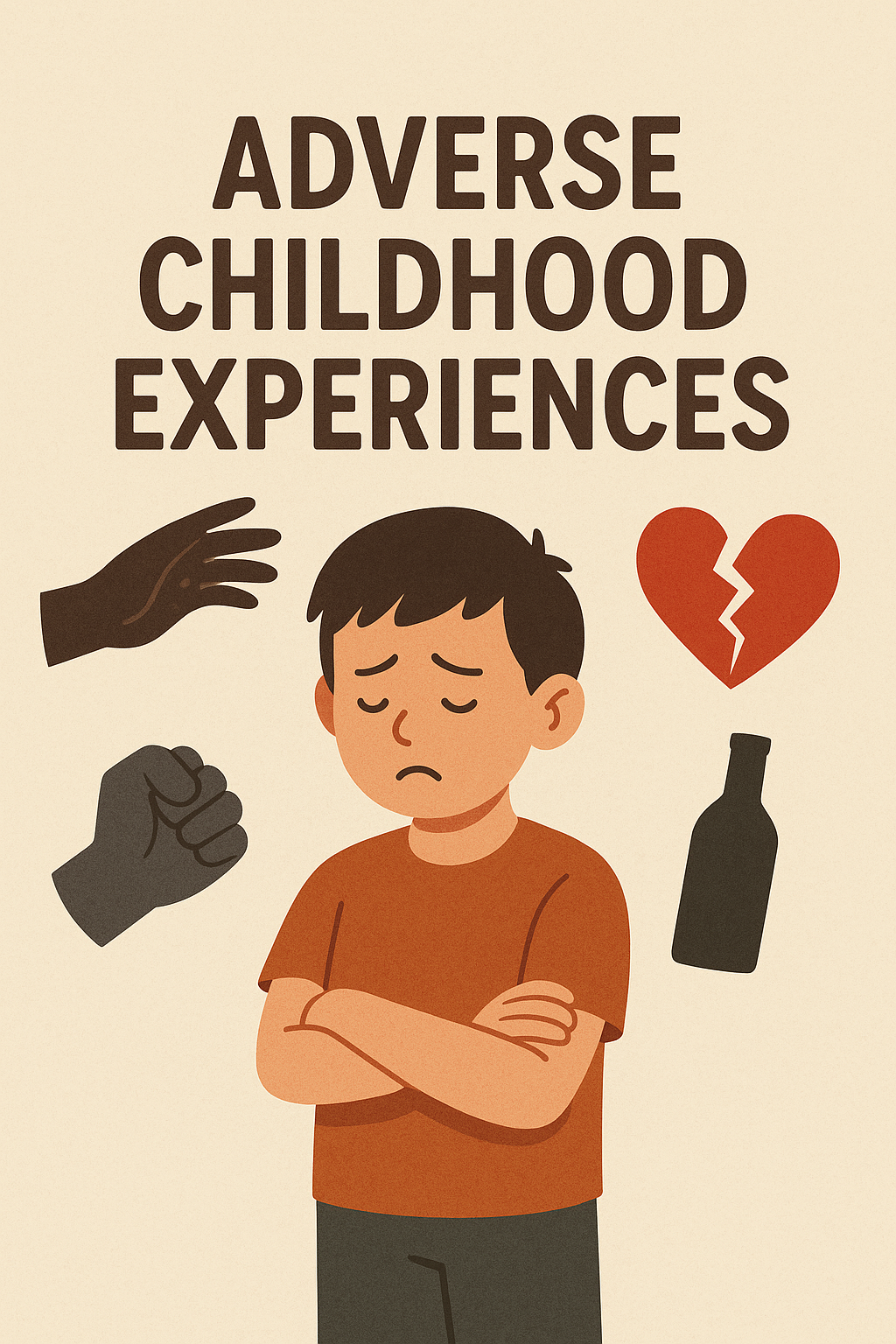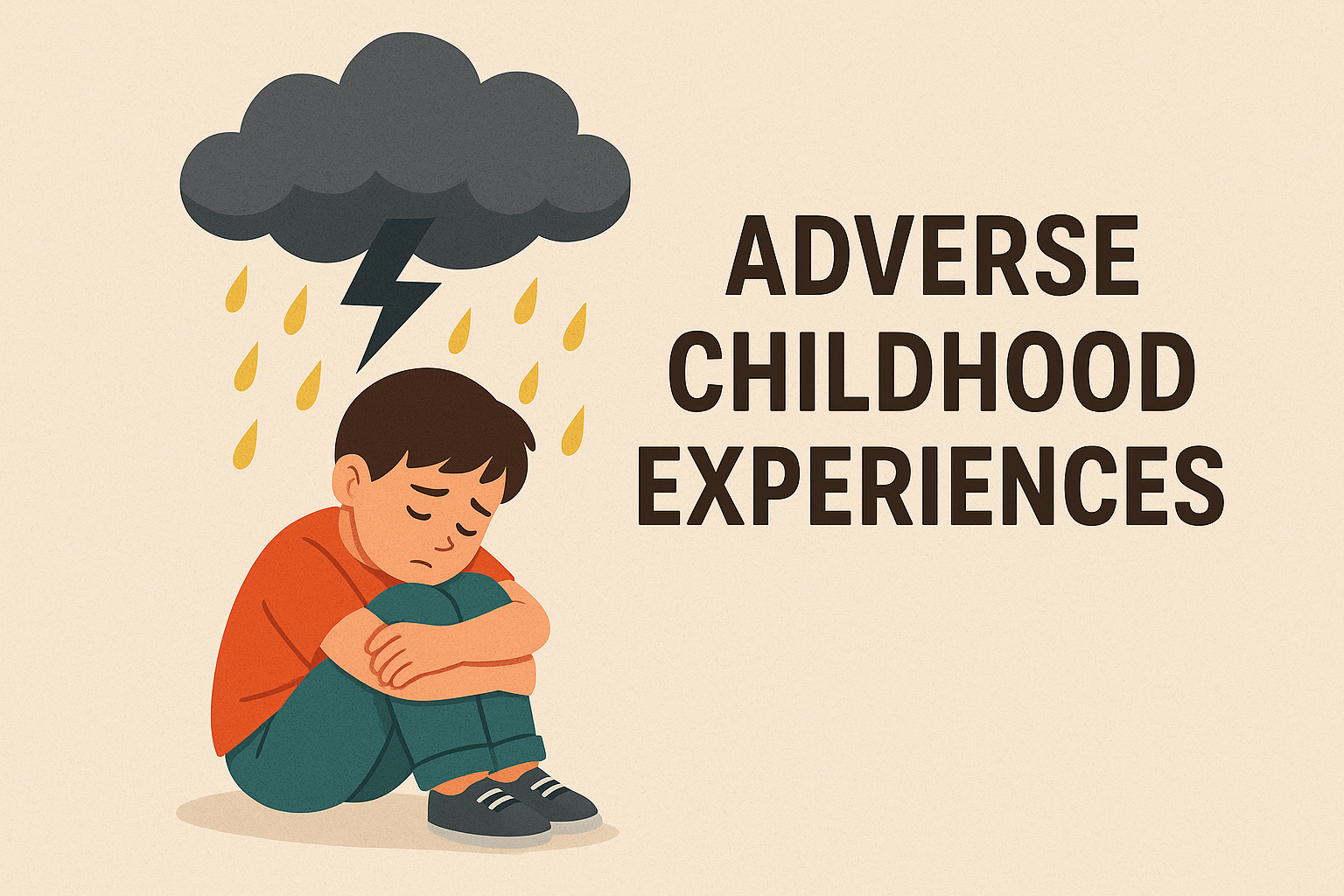When we think about the U.S. economy, our minds often jump to Wall Street, technological breakthroughs, or workforce efficiency. What rarely enters the conversation is something deeply personal—childhood trauma. Yet mounting evidence reveals that Adverse Childhood Experiences (ACEs) are not only a pressing public health issue but also a significant economic strain on the nation.
Understanding ACEs
ACEs encompass traumatic events in a child’s life—such as abuse, neglect, or family instability—that undermine their sense of safety and emotional security. These early disruptions can impair brain development, stress response systems, and emotional regulation, leading to long-term challenges in physical health, academic achievement, and career success.
The Economic Fallout
The financial toll of ACEs is staggering. Research published in The Lancet Public Health estimates that ACEs cost the U.S. economy over $748 billion annually, factoring in healthcare expenses, lost productivity, and the burden on social services.
-
Healthcare: Adults with multiple ACEs are more prone to chronic illnesses like heart disease, diabetes, and depression, which drive up medical spending.
-
Education and Employment: Children affected by trauma often struggle in school, miss more days, and exhibit behavioral issues—limiting future earning potential and workforce contributions.
-
Criminal Justice and Social Services: Untreated trauma correlates with higher rates of incarceration, substance abuse, and reliance on welfare programs, placing additional strain on public systems.
Prevention Is Powerful
Early intervention and trauma-informed care aren’t just compassionate—they’re economically wise. Every dollar invested in preventing ACEs and supporting affected families can yield substantial savings through reduced healthcare costs, better educational outcomes, and increased lifetime earnings. Programs that empower parents, foster community resilience, and nurture children’s well-being offer some of the highest returns on social investment.
A National Imperative
The true cost of ACEs isn’t just financial—it’s measured in lost potential. By prioritizing prevention, early support, and trauma-informed systems, we can build a stronger, healthier, and more equitable society. Many of our nation’s deepest challenges—poverty, addiction, chronic illness—have roots in childhood adversity. Addressing those roots is both a moral responsibility and a strategic economic move.



Leave a comment
All comments are moderated before being published.
This site is protected by hCaptcha and the hCaptcha Privacy Policy and Terms of Service apply.